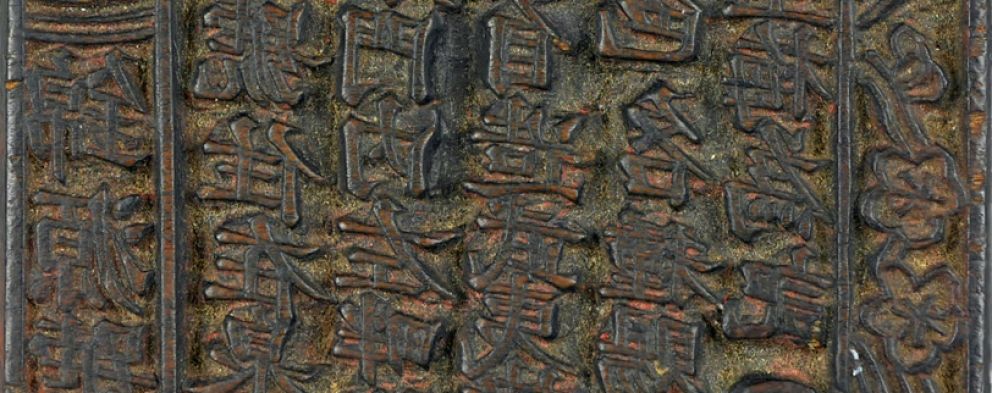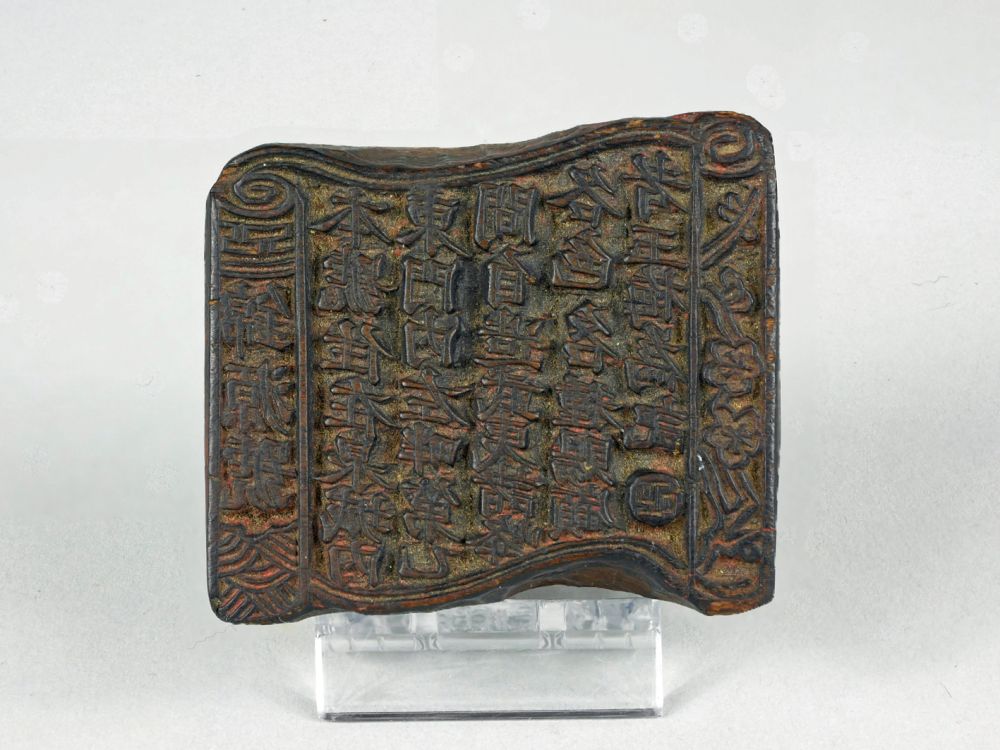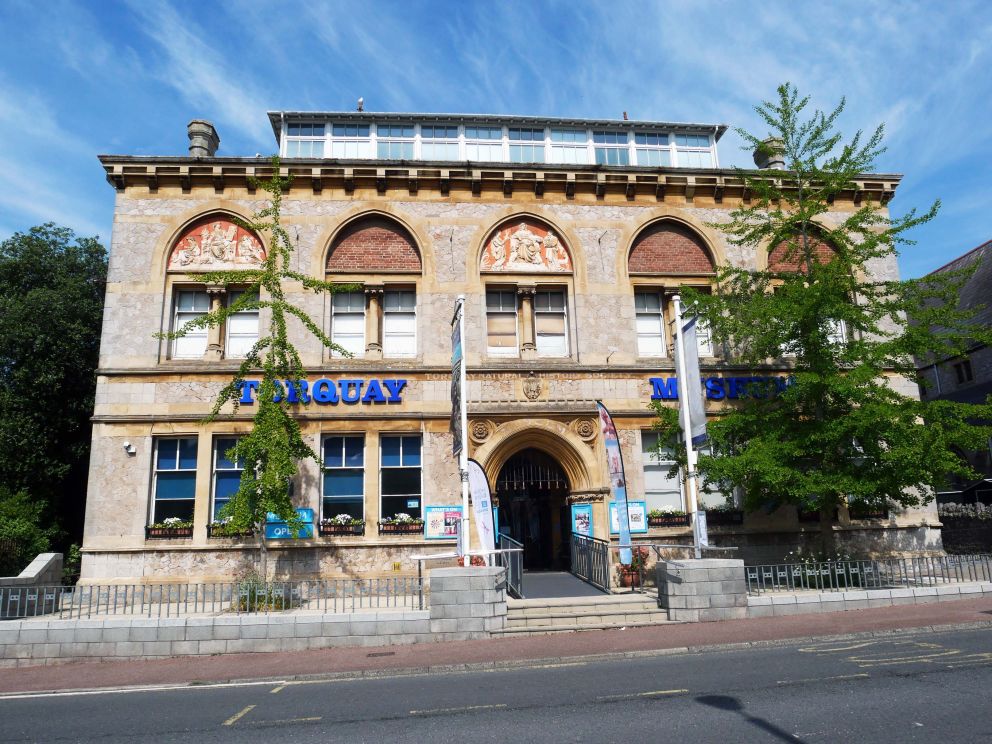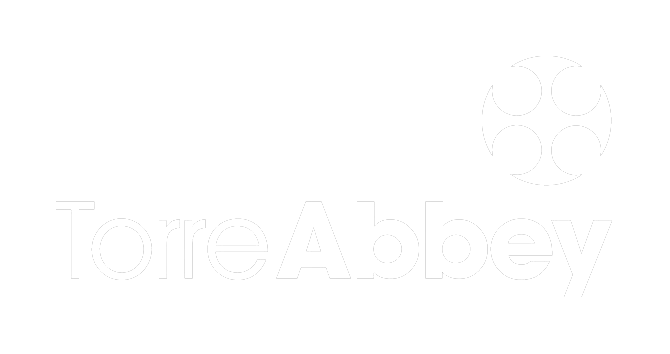Wooden Printing Block
This 19th century printing block was used to advertise a tea-selling business during the Opium Wars period of Chinese history. During this time, many British ships would go to China’s port cities to trade goods, such as Bohea tea, which the British would buy and ship back. The stamp would have to be used landscape to have worked and combined with ink could be used on objects to create a portable advert or identification.
"The Jinyuan Company [1]. Our premises are to be found in the first space on the left-hand embankment [2] inside the East Gate of Quancheng [3]. We produce all varieties from the Wuyi mountains [4]. Purchasers, take note of the white plum blossom [5]"
[1] Jinyuan literally means “beautiful source”. It’s an attractive-sounding business name that is still used by more than one company in Chinese-speaking countries.
[2] The character the text uses means “the raised ridge between paddy fields”. Without seeing the now long-lost location, it’s hard to be sure what’s being described.
[3] If you look up the place-name Quancheng, you find that it’s a well-known nickname for the modern city of Jinan in Shandong province. We are not sure that this is where the advert is referring to.
[4] The Wuyi mountains are in northern Fujian province and are famous for their stunning scenery and the outstanding teas grown there.The local pronunciation of the name “Wuyi” was once transliterated into English as “Bohea”, and it was by that name that British tea-drinkers knew the teas grown there and imported into Britain.
[5] Liam's guess is that the white (literally, “jade”) plum blossom was used as the company’s visual sign, or possibly that there was a plum blossom painted on their signage. The carving on the right-hand side of the block is just such a flower.
Read More 


Support Torquay Museum
Did you know that whenever you buy anything online – from your weekly shop to your annual holiday – you could be raising free donations for Torquay Museum with easyfundraising? Find out how!
Stay Connected with Our Newsletter
Be the first to hear our latest news by signing up to our newsletter. Also don't forget to follow us on social media - @torquaymuseum.
















